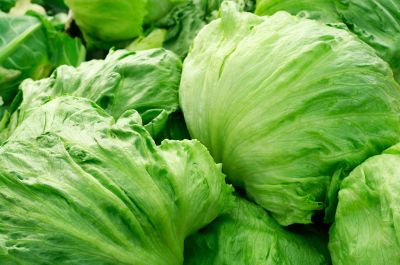Can you grow your own Iceberg lettuce plant? You sure can! Keep reading to learn how.
What is Iceberg Lettuce?
Iceberg lettuce gained widespread popularity in the 1920’s, when it was grown in the Salinas Valley of California and then shipped around the U.S. by train on ice, which is what earned it its name. Since then, it’s become one of, if not the most popular lettuce, gracing restaurants and dinner tables all over with its crunchy texture. Iceberg lettuce is so popular, in fact, that it’s gotten something of a bad rap in recent years, called out for its ubiquity and lack of flavor and forgone for its more complex and vibrant cousins. Iceberg has its own place and, like almost anything, if you grow it in your own garden, you’ll find it a lot more satisfying than if you buy it in the produce aisle.
Iceberg Lettuce Plant Info
Iceberg is a head lettuce, meaning it grows in a ball rather than leafy form, and it is known for its comparatively small, densely packed heads. The outer leaves are bright green in color, while the inner leaves and heart are light green to yellow and sometimes even white. The center of the head is the sweetest part, though the entire Iceberg lettuce plant has a very mild flavor, making it ideal as a backdrop to more potent salad and sandwich ingredients.
How to Grow Iceberg Lettuce
Growing Iceberg lettuce is similar to growing most any other kind of lettuce. The seeds can be directly sown in the ground as soon as the soil is workable in the spring, or they can be started indoors four to six weeks before transplanting out. This method is best if you are planting a fall crop, as the seeds may not germinate outdoors in the heat of midsummer. Exact number days to maturity varies, and Iceberg lettuce plants may take somewhere between 55 and 90 days to be ready for harvest. Like most lettuce, Iceberg has a tendency to bolt quickly in hot weather, so it’s recommended to plant spring crops as early as possible. To harvest, remove the entire head once it’s large and feels tightly packed. The outer leaves are edible, but not as pleasant to eat as the sweet inner leaves.
